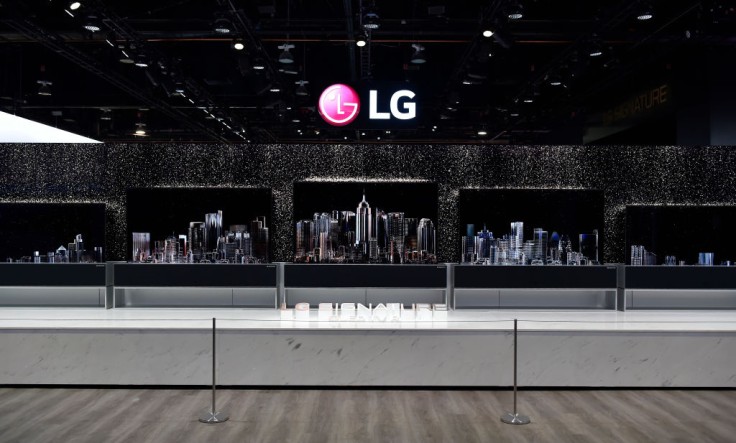Buying a television unit can be challenging at times. Sometimes, you'll get overwhelmed by the specifications and different marketing jargons.
In this article, we provided you with some tips on how to choose the right TV for you this 2022. We compiled and explained some terms that you might encounter as you shop for your next TV.

1. Consider the Size of Your TV, Bigger is Better
For a bedroom TV, CNET recommends a size of at least 43 inches. Meanwhile, consider getting at least 55 inches TV for a living room, or if you have the money to spare, 65 inches or larger is better.
Of all the features of television, the screen size matters the most. According to CNET, they've heard people complaining about not choosing a bigger unit but no one expressed dissatisfaction in choosing a large TV.
Again, 65 inches is already a good size option for larger living rooms. But for a cinematic experience, you may be opted to choose a 75 inches or larger. But remember that these unit comes with a hefty price. Beware of choosing a large TV with a cheap price, as this might have a low resolution.
2. Check the Screen Resolution of the TV, Does it Meet Your Needs?
According to WIRED, resolution pertains to the number of pixels on your screen. You will find several variants in the market such as 1080p "Full HD" (1,920 x 1,080-pixel resolution), 4K "UHD" (3,840 x 2,160), and 8K "8K UHD" (7,680 x 4,320).
The 1080p are now considered as old tech. Full HD are usually found in smallest and cheapest screens only. Meanwhile, 8K is usually found in very large, and very expensive TVs.
If you're buying a 55- or 65-inches TV, WIRED advised that you stick to a 4K UHD screen. With this, you'll already get a good deal, as it has enough pixels at a reasonable price.
Read Also: Galaxy J2 DTV: Samsung's First Phone-TV Hybrid
3. Consider the Picture Quality Offered by the TV
Aside from screen size, most TV shoppers consider picture quality as their top priority is choosing a television. According to CNET, the television in the market with the best picture quality is the OLED TV. They can be quite expensive though.
High contrast or the "ability to produce a deep shade of black" is an important factor to produce a good picture. For best performance, image brightness, and local dimming are important. Color saturation is also essential.
Choose a TV with the capability to produce the deep shade of black, and capable to display good image brightness. Consider also units that offer good color saturation.
4. Check if it is Equipped with the Right Ports
You would typically find three HDMI inputs, an optical output for audio, and some form of internet connectivity built-in in good quality TVs. WIRED advised not to get a TV that doesn't have at least one HDMI 2.1 port and an ARC (Audio Return Channel) HDMI port.
HDMI 2.1 is the latest HDMI standard and it lets "super-low-latency video streams at 4K resolution." Meanwhile ARC HDMI allows you to easily connect modern soundbars and receivers.
5. Price Guide - How Much Should You Expect to Pay
If you're on a budget, and you want a TV less than $500, you can get a good deal with the likes of Vizio, Samsung, LG, Sony, TCL, or Hisense. But WIRED cautioned buyers to avoid units which are less than $300, unless its smaller than 55 inches.
For a price range between $500, and $1,000, you can already get a good 40- and 65- inches TV from Vizio, Samsung, LG, Sony, TCL, or Hisense.
If your budget is more than $1,000, you can already get a TV larger than 65 inches with advanced panel technology like organic LED (OLED), micro-LED, or mini-LED backlighting.
Related Article: 5 Ways to Properly Clean Your TV Screen: How to Remove Stubborn Marks









